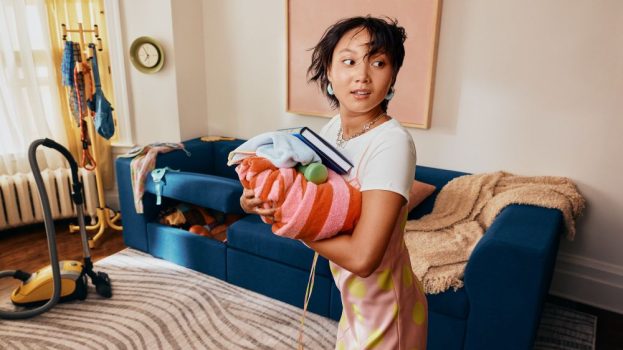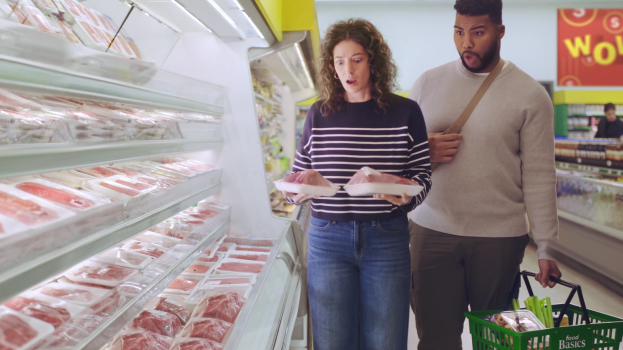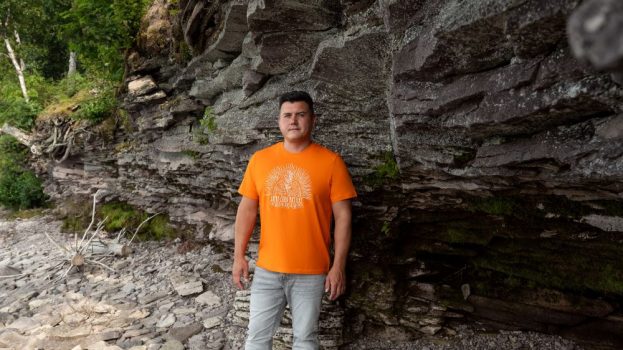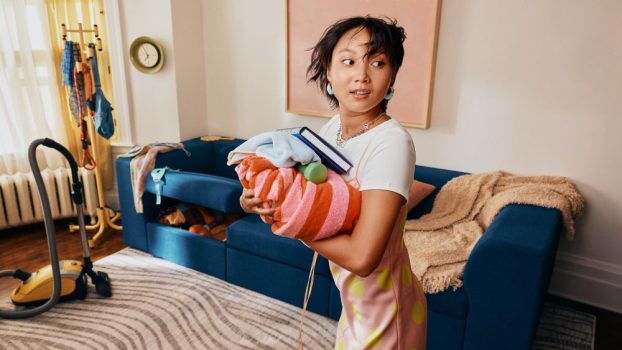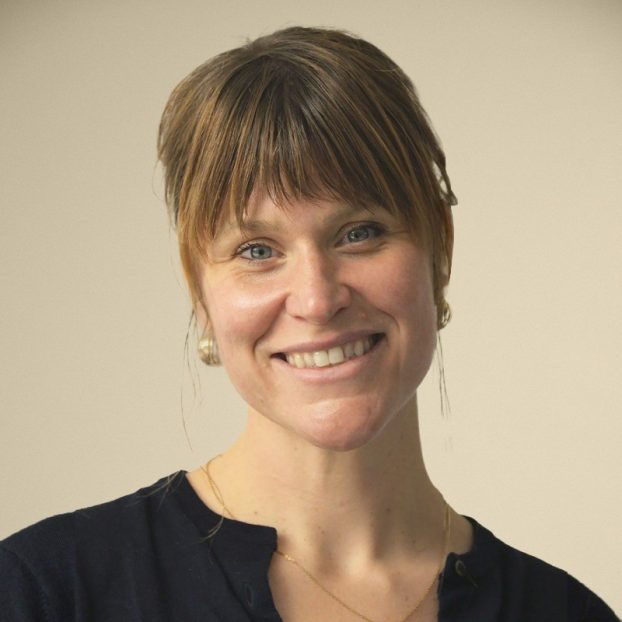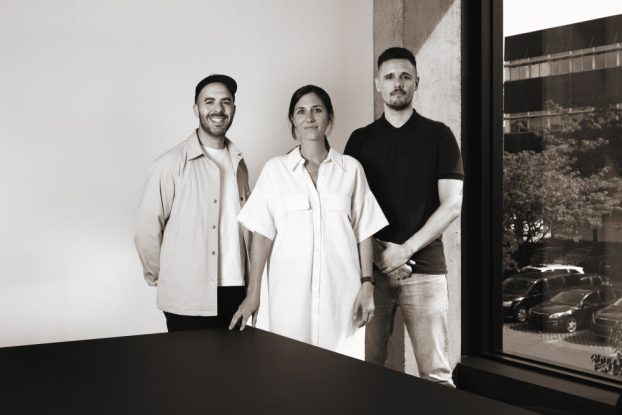Packaging is more important than ever, and some brands are taking a unique approach to it by literally thinking outside the box.
Toronto and New York-based shop 6Degrees, traditionally a conversion agency, is investing in packaging specialists to join its team to tap opportunities from a design and strategic point-of-view, says its EVP of packaging and experiential marketing, Warren Paisley.
It’s doing some fun initiatives like a concept currently in market to support Mike’s Hard Nostalgia line, a pack that looks like a 90s boom box and holds six cans (see, above), a summer promo available at retailers across the country. The shop is also offering a promo in support of its new packaging division, 6Pack, a six pack of beer with its creds printed on the cans.
“Everybody wants a safe pass, [and] I think a lot of people, instead of swinging for the fences, they are simply looking to get on base,” Paisley says. He adds that many brands are just duplicating what seems to be a winning formula, and hence, there’s a lot of category convention out there, when it should stand out as arguably the most important brand asset.
Omnichannel, for example, Paisley is an area where packaging is still in its infancy. All too often, he says, brands just take a product packaging shot and just “slap it into the digital world.”
There are so many restrictions to physical packaging and how much room there is for it on a shelf, but in a digital environmental, you can unleash your thinking about how to represent your brand, Paisley maintains. “Do I need to show it in a package, or is there another way?” he asks.
Regardless of how consumers are interfacing with a brand, now is a time when many of us are putting green concerns top-of-mind, or at least, acknowledging that we intend to.
According to a Deloitte Future of Food report, 72% of Canadian consumers prefer to shop retailers/brands with strong sustainability or ethical practices.
In fact, many industry experts believe we’re at a tipping point, particularly as other countries mull restrictions on single-serve plastics, or even outright bans.
Brands can get a reputation and image boost, not to mention drive loyalty and trial, with sustainable approaches to packaging.
“That’s not even a differentiator anymore, that’s just a cost of entry, ” Paisley maintains. “If you’re not looking at sustainability in your packaging, he says, you’re out of the ballgame.”
Jon Szpirglas, group account director at Momentum Worldwide, tells strategy that while some consumers bristle at the thought of paying more for eco-friendly packaging, “we are at an inflection point when it comes to the next generation of shoppers, for whom the costs of eco-friendly packaging will be less of a concern.”
Companies, he says, are experimenting and testing packaging innovations to great effect, he says, citing Blueland, a reusable eco-friendly cleaning product brand, with a “forever bottle” refilled with cleaning and soap tablets, which is disrupting the traditional plastics-heavy detergent sector.
Also, sleek reusable packaging brands like Häagen-Dazs use for the Loop reusable packaging program feature a stainless steel, double-walled container. Loop is easier to grasp from a QSR standpoint with Tims or McDonald’s, Szpirglas admits, compared with getting an ice cream container refilled on your front porch, but better understanding will come in time and with education.
Enabled packaging, Szpirglas says, can be a gateway to brand content and better education for a host of CPGs.
“We don’t know what the future of the in-store experience might hold for brands, but you can image a world with cleaner stores, less secondary displays,” he says.
It could be AR, or simply a QR code, which takes you to an online hub of brand information, based on consumer needs and what they want to take in.
“Generally, it’s the technology of making the package readable from your phone, and that technology is there,” he says, with the likes of Digimart, etc. “Brands can lean in a lot heavier into their most valuable asset, their packaging,” he says.



